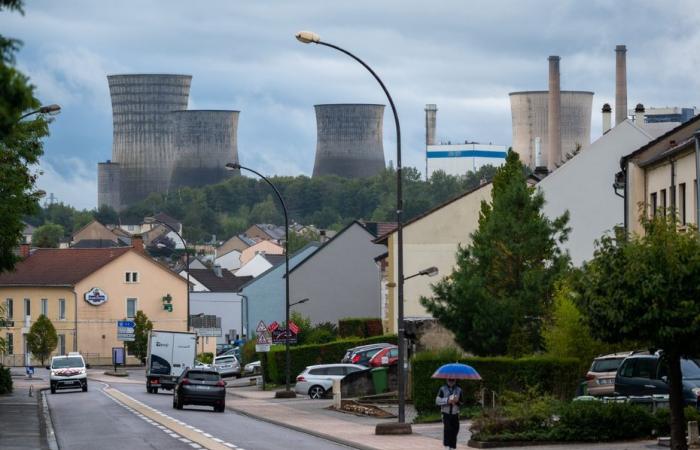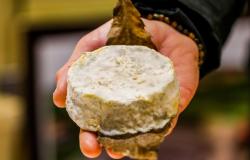
The decision had been awaited for several months by the Lorraine stakeholders in the matter. The Federal Ministry of the Economy has validated Germany's participation in the cross-border regional gas pipeline called MosaHYC which should connect all hydrogen producers and consumers located in Moselle and Saar in 2032.
Company
From daily life to major issues, discover the subjects that make up local society, such as justice, education, health and family.
France Télévisions uses your email address to send you the “Society” newsletter. You can unsubscribe at any time via the link at the bottom of this newsletter. Our privacy policy
Confirmation of Saarland's active participation in the project came on Tuesday October 22, 2024, via the federal network agency which announced its official support for the establishment of gas pipelines with a total length of 9,000 kilometers in Germany. Between Lorraine and Saarland, MosaHYC will be based on a 90 kilometer gas pipeline between Saint Avold and Perl, to which the steel installations of Völklingen and Dillingen will be connected. It is expected to be commissioned in 2027.
The people of Lorraine were dependent on German will. On the Carling chemical platform in Moselle, reconversion projects have been moving towards hydrogen production for several years. Several industrialists have expressed their desire to unite on the French and German sides. According to our colleagues from Echos, GRTgaz France announced an investment of 40 million euros, while the Saar operator Creos Germany Hydrogen puts 70 million euros on the table to develop the sector.
Other energy groups like GazelleEnergy which owns the thermal unit of the Carling power station, but also steel groups such as the Saar steelmaker SHS have expressed their interest. GazelleEnergy wants to produce 56,000 tonnes of hydrogen per year with its Emil'Hy project. Verso Energy wants to deploy three production units in Carling for an expected volume of 51,000 tonnes annually with a total investment of 450 million euros. Across the border Saarstahl announced that it wants to produce steel by replacing fossil fuels with hydrogen from 2028. The big challenge therefore consists of putting everyone on the network, producers and consumers.
According to our colleagues from Saarland public television (SR), “the Saarland hydrogen agency estimates that 350,000 tonnes of green hydrogen could be needed each year in the long term“. The company Iqony plans a production plant of 8,000 tonnes per year in Völklingen in 2028. HydroHub Fenne will use “electricity from renewable sources for electrolysis to produce renewable oxygen and hydrogen“. The federal government is providing 70 million euros in public funding for the Iqony project.
In total, the German Ministry of the Economy will finance hydrogen installations in Saarland to the tune of 146 million euros. Realistic, the authorities across the Rhine know that needs will be met by massive imports, and it is for this reason that they look favorably on the network MosaHYC.
- -




